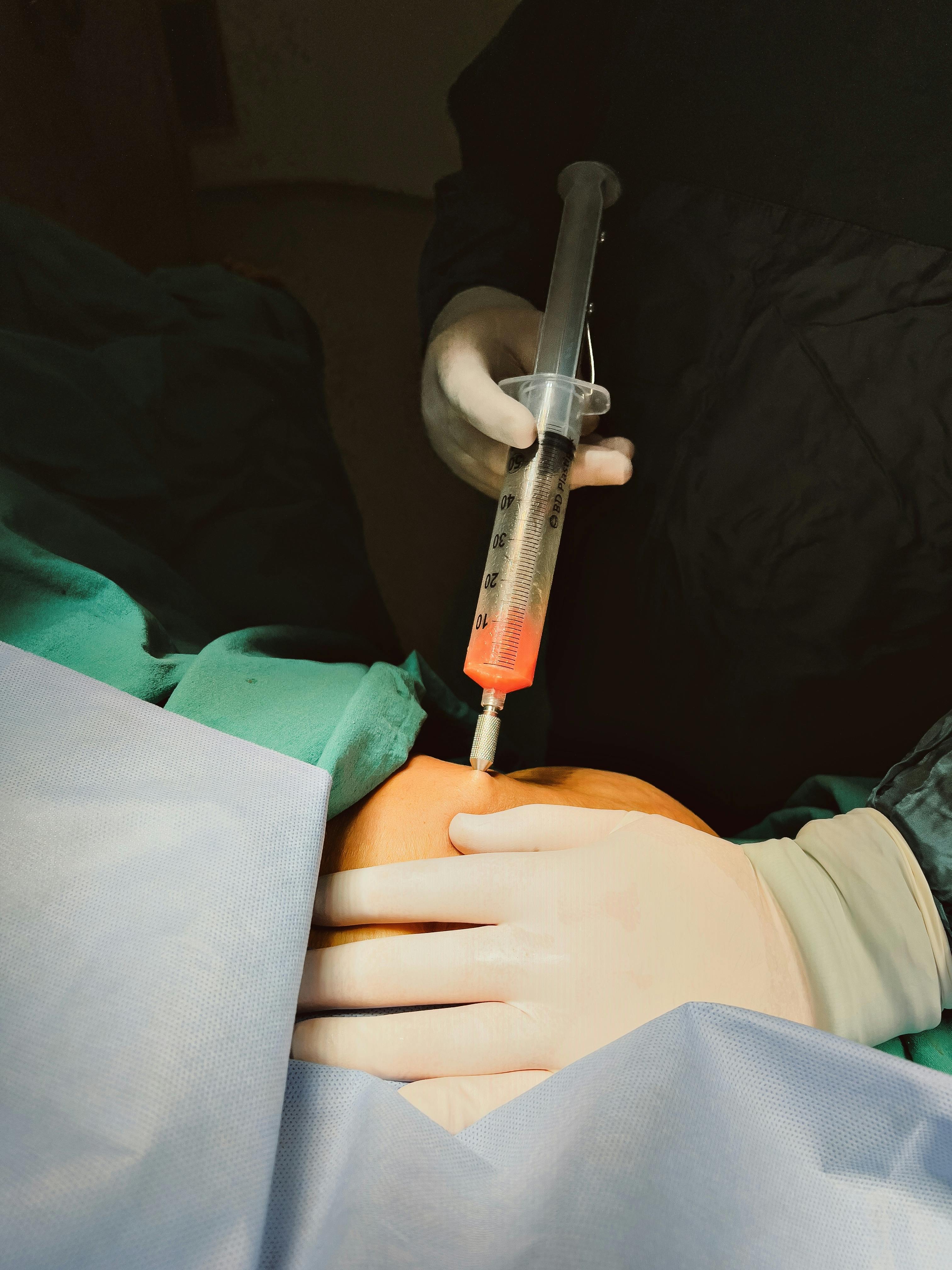Approaches to Lung Disease Treatment and Management
Lung diseases encompass a wide range of conditions — from asthma and chronic obstructive pulmonary disease (COPD) to infections, interstitial lung disease, and lung cancer — and they require tailored approaches to care. Treatment plans depend on the specific diagnosis, severity, symptoms, and patient factors such as age and other medical conditions. Effective management often combines medication, rehabilitative therapies, lifestyle changes, and regular healthcare follow-up to preserve lung function and quality of life.

This article is for informational purposes only and should not be considered medical advice. Please consult a qualified healthcare professional for personalized guidance and treatment.
How are lungs and lung disease diagnosed?
Diagnosing lung disease typically starts with a clinical history and physical exam focused on breathing symptoms, exposures, and risk factors. Common diagnostic tools include chest X-rays, CT scans, and pulmonary function tests that measure airflow and lung volumes. Blood work, sputum cultures, and bronchoscopy with sampling may be needed to identify infections, inflammation, or malignancy. Accurate diagnosis is essential because the underlying cause—infectious, inflammatory, obstructive, or restrictive—directly shapes the treatment plan.
What treatment options exist for lung disease?
Treatment varies by disease type and severity. For infections, antibiotics or antivirals target the pathogen. Obstructive disorders like COPD and asthma often respond to inhaled bronchodilators and anti-inflammatory agents. Advanced disease may require supplemental oxygen, noninvasive ventilation, or surgical options such as lung volume reduction or transplantation in carefully selected patients. Pulmonary rehabilitation, which includes exercise training and education, is a nonpharmacologic treatment used across many lung diseases to improve endurance and symptom control.
How does medicine help chronic lung conditions?
Medicine for chronic lung disease aims to reduce symptoms, prevent exacerbations, and slow progression. Inhaled medicines—short- and long-acting bronchodilators and inhaled corticosteroids—are mainstays for COPD and asthma. For certain interstitial lung diseases or pulmonary hypertension, oral or injectable drugs target inflammation or vascular pathways. Newer biologic therapies and targeted agents are available for specific conditions but require specialist assessment. Medication choice must balance effectiveness with side effects and be reviewed regularly by the treating clinician.
What role does healthcare play in long-term management?
A coordinated healthcare approach improves outcomes for people with lung disease. Primary care providers, pulmonologists, respiratory therapists, and allied health professionals collaborate on diagnosis, medication management, and rehabilitation. Regular monitoring with spirometry or imaging helps detect progression or complications. Smoking cessation programs, vaccination against influenza and pneumococcus, and management of comorbidities such as heart disease or diabetes are integral parts of comprehensive care. Accessing local services or specialists in your area can help ensure timely interventions and follow-up.
How can patients support lungs health at home?
Self-management is an important complement to formal treatment. Patients can adopt measures that support lungs and overall health: avoid tobacco and environmental irritants, maintain activity with pulmonary rehabilitation or home exercise plans, follow prescribed inhaler techniques, and adhere to medication schedules. Nutritional support, breathing exercises, and strategies to manage breathlessness (pacing, positioning) can reduce symptoms. Recognizing early signs of exacerbation and having a clear action plan from healthcare providers helps reduce hospitalizations and preserve lung function.
Lung disease treatment is most effective when individualized and regularly reassessed. Clinicians combine diagnostic testing with evidence-based medicine, rehabilitative interventions, and preventive measures to manage symptoms and reduce complications. Decisions about advanced therapies—such as long-term oxygen, surgical procedures, or enrollment in clinical trials—require detailed discussion about benefits, risks, and patient goals. Preventive strategies, including vaccination and avoidance of occupational or environmental exposures, play a key role in reducing the burden of lung disease. Coordination with a multidisciplinary healthcare team supports continuity of care, while patient education and self-management empower people to participate actively in their treatment. Continuous monitoring and open communication between patients and providers ensure that treatments remain appropriate as conditions change over time.






